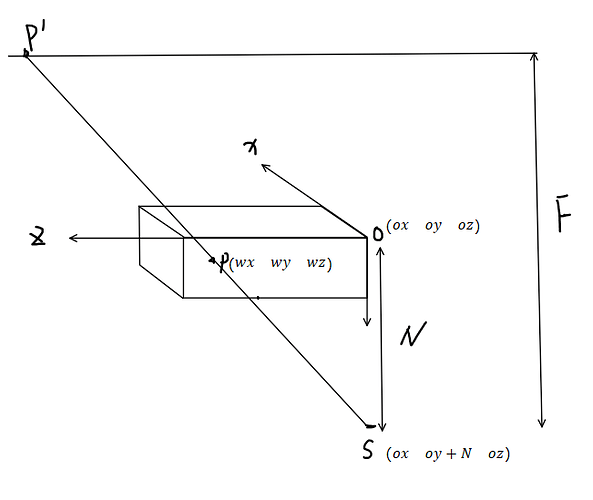DSA (digital subtraction angiography) have two important tags:
(0018, 1110) Distance Source to Detector
(0018, 1111) Distance Source to Patient
The DSA image is perspective projection to an object, likes:
where S is the source, N is the distance source to patient (0018, 1111) , and F is the distance source to detector (0018, 1110).
P is a point inside of the imaging object, and P' is the point in DSA image. If the position of P is (w_x, w_y, w_z) , and the position of P' is (x, y) , we can have:
\frac {w_x-o_x}{N-o_y} = \frac {x-o_x}{F}
My question is: what should (o_x, o_y, o_z) be? Is it the image position (0020, 0032)? Or how can I obtain this point?
In addition, the image position (0020, 0032) is a absolute point in a world coordinate, where is the original point (0, 0, 0)?
Any suggestion is appreciated~~~
